Use a main project for organizing yourself
Over the years I’ve talked with dozens and dozens of people from various backgrounds that would love to begin producing music but simply don’t know how or where to start. On the other hand, if you’ve already been creating music but lately have become overwhelmed with too many sounds, too many vsts, and are less productive in the studio, this post is for you. We’ll focus on using a main Ableton project to organize your sessions, which will make for a productive and efficient time in the studio.
For your studio time to be productive and enjoyable, it’s essential that you are organized, and have a solid grasp on your sounds and tools.
DJ’s who’ve listened to hundreds of top quality, finely mastered tracks, will often complain that the quality and sound of their first efforts in the studio will clash with the loudness and polish of the music they’re used to hearing. This frustration is predictable, but also preventable, and it’s one reason I strongly encourage beginners to start by using pre-made loops or simply remixing the tracks they already have. To keep things organized and productive, select just two tracks with the sound and style you’d like your own productions to have, and work on just one project at a time.
Speaking of bought loops – I want to debunk the myth or opinion that using pre-made loops is cheating. This is 100% wrong, and counter productive to making music.
I believe the perfect mindset to approach music production is very much like that of a moderator, you must work with that which is in front of you.
This idea requires a lot of openness and humbleness, but using this approach will make you much stronger at being resourceful in the face of adversity.
The internet is an endless source of tools and options, and it’s critical at one point to stop consuming ideas and make the best out of the material you have. My rule: never buy a new VST until I have gotten a true and complete hold of the ones I already have. That being said, if you need a tip to help organize yourself, I highly recommend to create one main Ableton project that will be your mothership, your sound compendium, your personal lab for growing ideas.
- Buying new effects for our synth: to truly get a hand of what your new effects can do, just drop your new effects in one channel and experiment. I highly recommend you record the entire session of exploration as wav file but also as a session where automation and knob movement will be recorded.
- Gathering leftovers: Whenever you finish a song, there will be sounds you haven’t used. You can copy and paste theses into your main project. Using your audio leftovers is an excellent way to create fast and great sounding starting point ideas for your next song.
- Building macros: Building macros can be time-consuming. Some macros I like to build are usually ones that involve a good use of the macro knobs because when I’m recording a session, I can just drop them on a channel and quickly controller parameters using PUSH which has the excellent automap feature.
- Gathering new sounds: Because I don’t have the time and energy to record all the sounds I want I’ll just buy the few that I need. I’ll also purchase sounds that I don’t have resources to make such as sounds from a plane. Some sounds that you’ll use often will be a great investment, but there’s also many that are available for free.
- Building drumkits: This one area where I often spend a lot of time. When I start an idea, I want to be able to throw in a good combination of percussion. With the huge selection available to me choosing the right sound can take forever. Check out this nice video here that shows how to create a tool to test many sounds at once. This is great but you still need to make your kits.
- Creating layers: This is a bit of the following logic from the previous tip. Once you have multiple kits, you can work on assembling them in a drum rack in order to create layers. As you probably know, in sound design, one sound is very often made of up many sounds that have been layered correctly. It’s a good idea to make multiple kits in advance, organized well, and ready to perform when the session gets rolling.
- Making categories with your channels: Each channel should have sounds of the same family. So perhaps, you can make one channel that has pads and another channel with kicks. This is useful because when you go in Ableton’s browser and open your main project, you have access to all the sounds from each channel, which makes it much faster to find a specific sound. Another big benefit in doing this is exporting your channels as stems will make for efficient mixing later on. (Read more about that article here – Bouncing Stems)
When I look at how I work, I often see that I spend way more time preparing my music session than producing a track itself. The better your organization, the easier it gets in your workflow.
JP
SEE ALSO : Music Production Tips: How To Start A Track

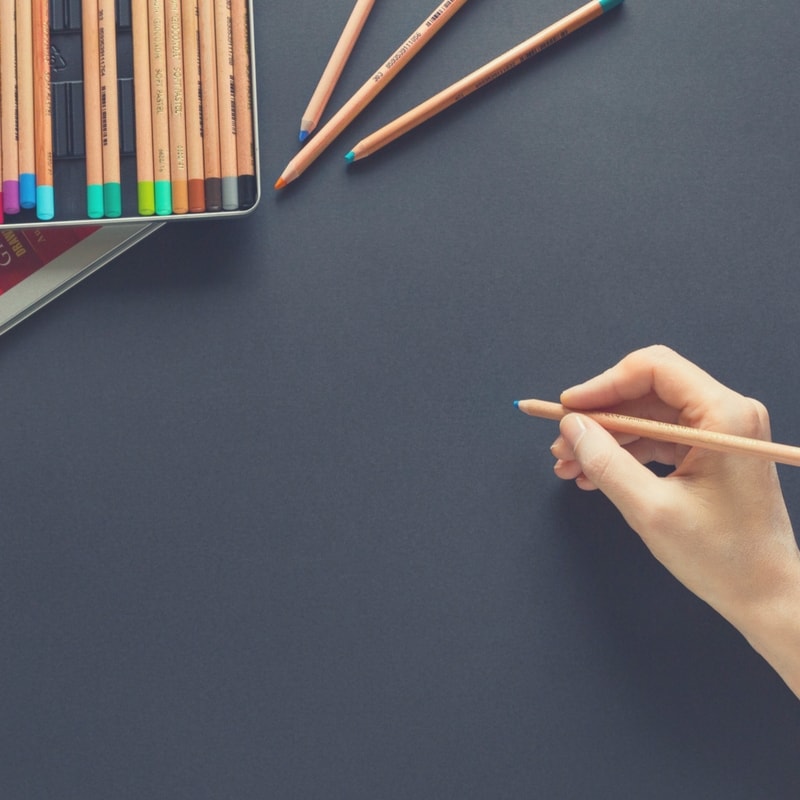


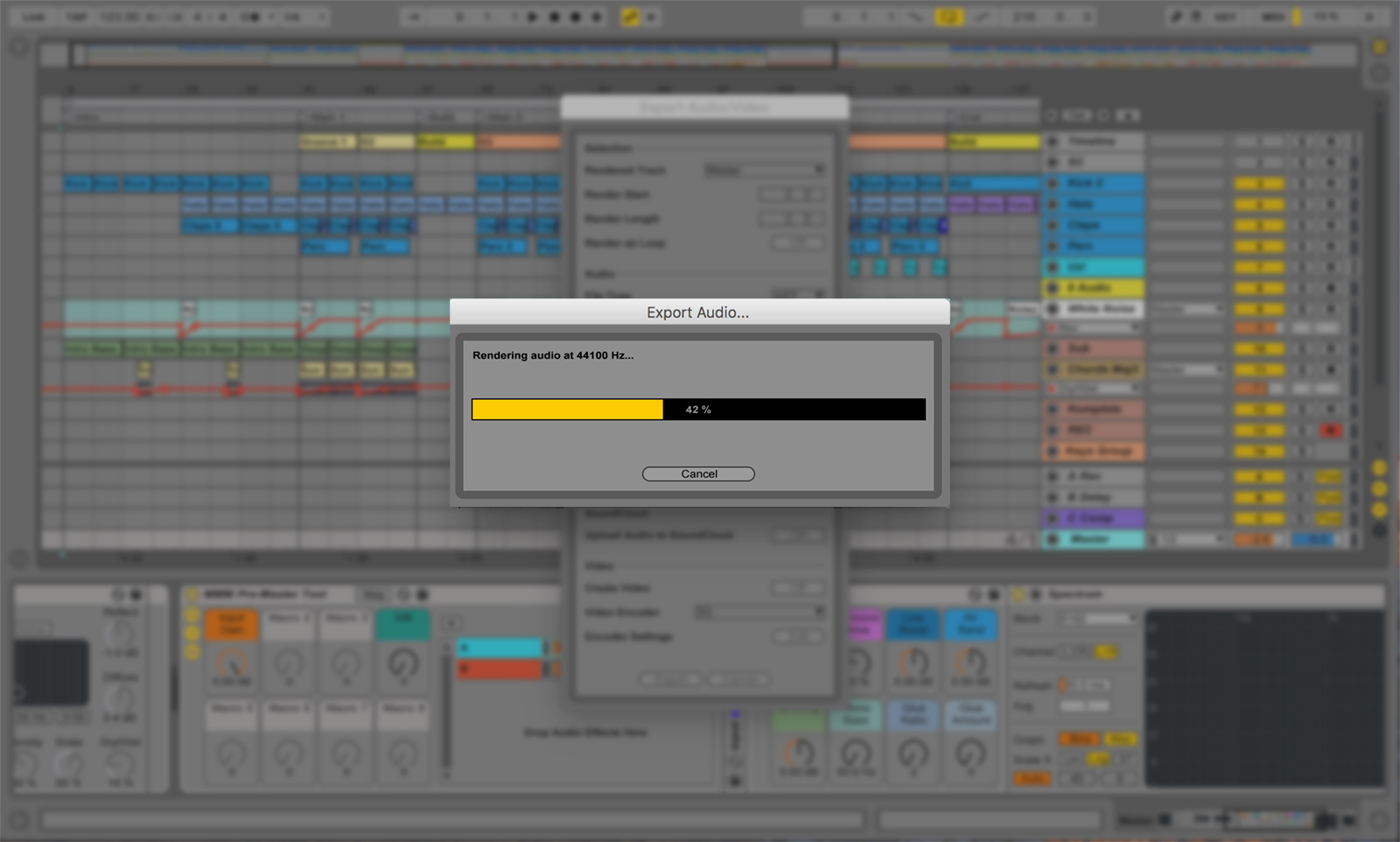
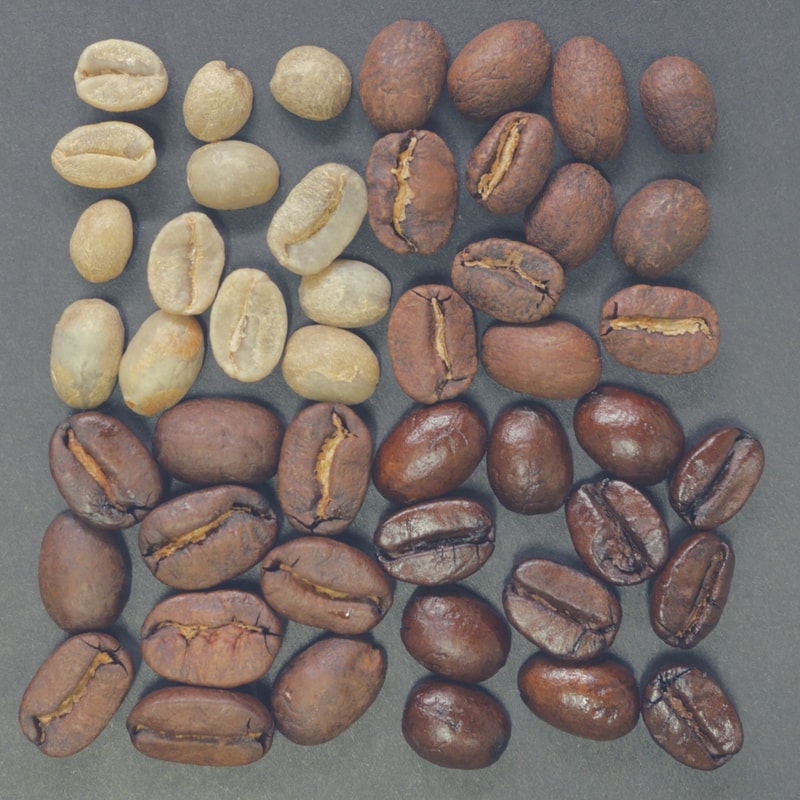

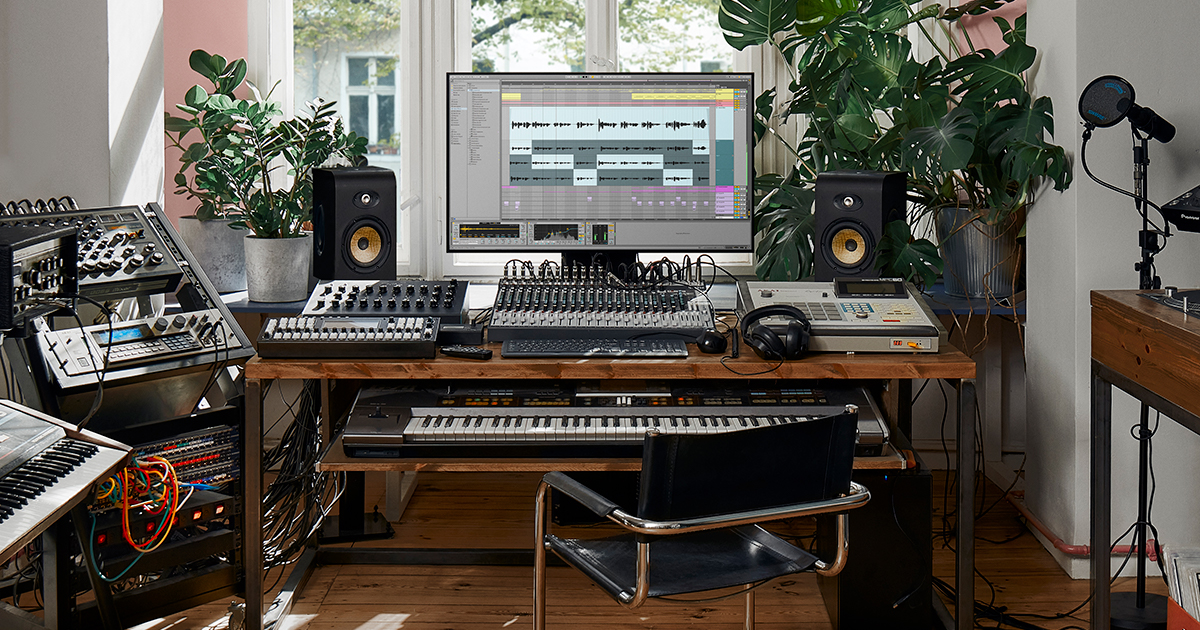
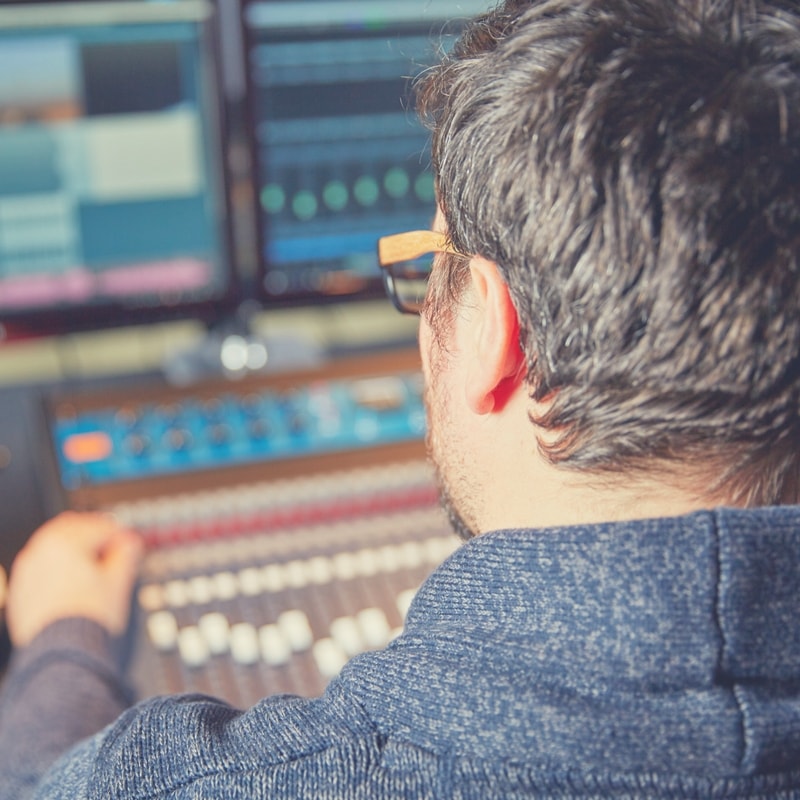



Leave a Reply
Want to join the discussion?Feel free to contribute!